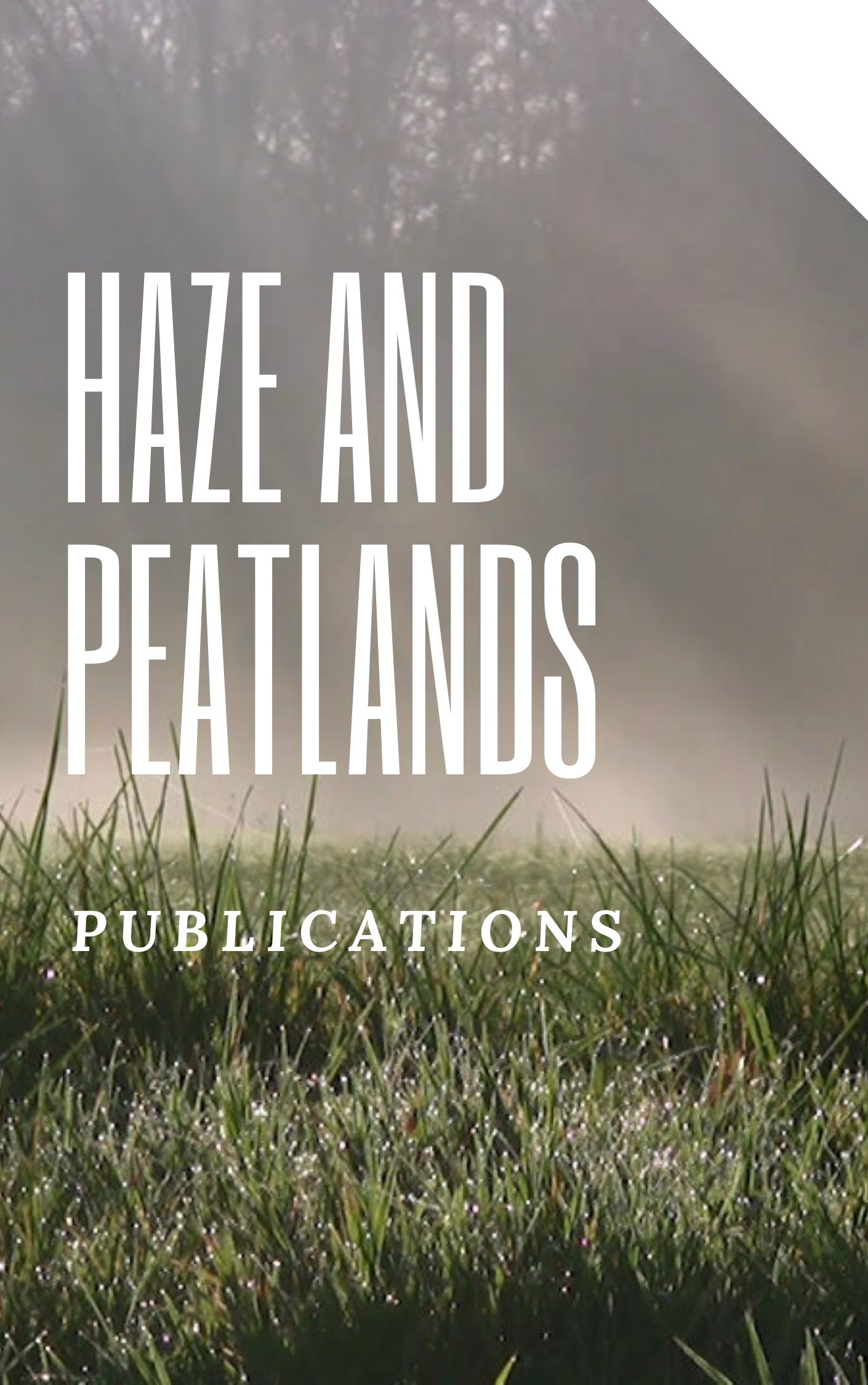Despite their importance as global carbon sinks, peatlands of Southeast Asia have been rarely studied and our current knowledge of the dynamics and ecology of these ecosystems remains incomplete. Paleoecological and palynological multi-proxy analyses including analysis of pollen, spores, charcoal, testate amoebae and sediments were carried out on a 733. cm-long core taken from the Air Hitam peatland in the Jambi Province, Central Sumatra, Indonesia. The radiocarbon chronology reveals that peat formation started ca. 7800. years ago. The site was covered by dipterocarp-swamp mixed rainforest during the first 2000. years, after which freshwater swamp taxa became more important, in particular Durio trees. This lasted until ca. 4500. years ago, when the swamp vegetation shifted to a pole forest with abundant Pandanus thickets in response to a system change from minerotrophic to ombrotrophic conditions. For this period, macro-charcoal analysis reveals that fire frequency increased, possibly as a consequence of climate change linked to the onset of the modern El Niño Southern Oscillation (ENSO) in the late Holocene. The ombrogenous Pandanus-pole forest phases were characterized by lower water table fluctuations and higher peat accumulation rates. The area of Air Hitam has been for thousands of years a highly effective carbon sequestering peatland. Natural climate variability in the past did not affect the carbon storage function as suggested by the general increase in peat accumulation during relatively drier phases and increasing ENSO variability in the late Holocene. However, the recent changes caused by selective logging, drainage and conversion to oil palm plantations, have caused a decline in the peat swamp forest communities changing the ecological functions of the peatland. It is likely that the accumulated carbon will be released in the atmosphere due to exposure to aerobic conditions and its function will be lost unless a better management of the watershed is applied. © 2015 Elsevier B.V.
View source

